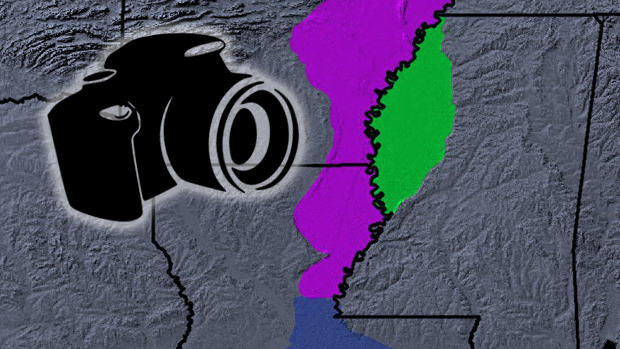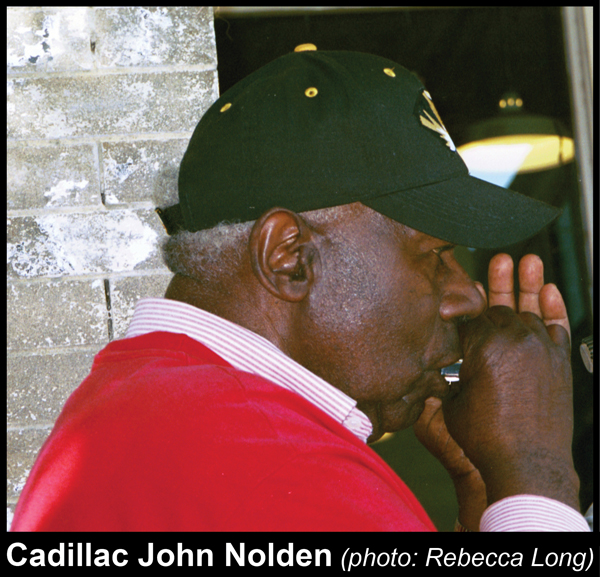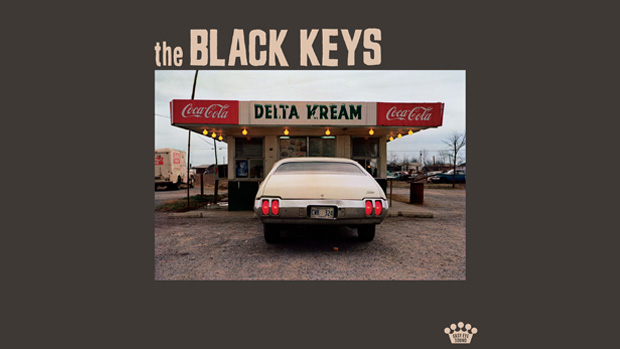
by Rafael Alvarez
Margo Cooper is the latest in generations of photographers to be seduced by the blue particles and troubled waves that make up the curious light of the Mississippi Delta.
From Walker Evans passing through during the Depression for images of train depots and barbershops to Lowndes County native Birney Imes documenting the Delta in the 1980s and 90s—including the startling “Man with a Mouthless Fish” from the town of Philips—the area has been a lure for the lens for a hundred years.
There have been scores of others and now comes Margo Cooper, whose subject is the blues as it is practiced upon the most fertile soil in the world. A contributing writer and photographer for Living Blues magazine (headquartered at the University of Mississippi), Cooper began wandering the Delta in search of pictures worth a thousand lyrics in 1997.
Black and white, just like the Delta, they are not just pictures of folks like the Carr Family (Shine and Sam) playing guitars on a porch in Dundee, but Sam and Albert Carr hauling in a mess of fish on Moon Lake.
A seated B.B. King is shown playing Lucille in his hometown of Indianola. “Cadillac” John Nolden blows the harp in Sunflower.
John Nolden blows the harp in Sunflower.
And the rivercane fife player Otha Turner mans a phalanx of grills at a goat barbecue in Gravel Springs—an annual picnic the North Mississippi farmer began in the 1950s. The image was made four years before Turner’s death in 2003.
Titled “Deep Inside the Blues,” the project got a big-time Yankee shout-out (Cooper is a New England native) in the March 27 edition of the New York Times.
Reporter Fayemi Shakur, writing in the Times photography blog “LENS,” quotes Cooper on the Turner Family picnic, which drew blues pilgrims from around the world: “Otha would slaughter the goats and they would make barbecue goat sandwiches, fish sandwiches; people from all over the community would come.
“He was a legend, he was funny and he was strong. I became friends with Otha and his daughter and attended the picnic for 15 or 16 years.”
An abandoned juke joint in Clay County—derelict and overgrown beside a cracked and broken sign advertising Miller Beer—was preserved in a print from 2008. But it could just as easily have been 1938, the year Walker Evans exhibited his Mississippi work in his “American Photographs” exhibit at the Museum of Modern Art in New York.
Cooper’s images are just as strong, a testament to her eye and her soul and the Land Where the Blues Began, whether picked on a strand of taut wire unwound from the head of a broom and nailed to the side of a shack or a mandolin.
That’s what L.C. Ulmer plays in a gorgeous Cooper portrait taken in Ellisville (about 130 miles east of the Delta’s southern terminus, Vicksburg) in 2008—a mandolin.
In Greece, you will hear mandolins accompany choirs singing hymns of Hellas.
In Kentucky, the instrument drives the frantic rush of bluegrass.
And in Mississippi, it is used to tell, in the words of Willie Dixon: “The truth, the facts…” as lived by men like Lee Chester Ulmer, who in 2007 performed in Italy, where the mandolin as we know it was born in the early 18th century.
“I had to go to Mississippi to find some answers to our questions about our history and our culture,” states Cooper on her website, margocooper.com. “The things they don’t teach us in American history classes.” ![]()


